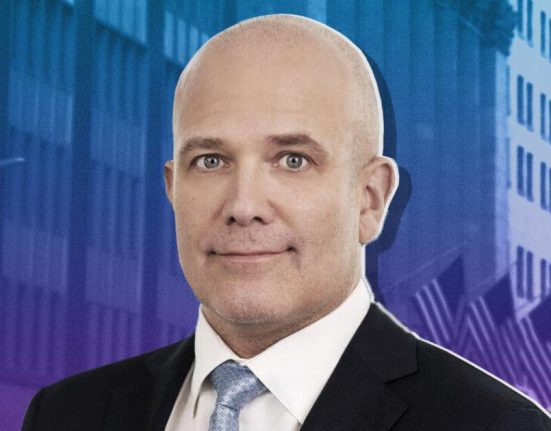India, the world’s fastest-growing economy in the past two years, witnessed several developments in 2023, lifting investor confidence and helping market indices touch new highs.
Manufacturing: The PMI for November 2023 rose to 56 from an eight-month-low of 55.5 in October, in line with market expectations. This was the 29th consecutive month of factory production expansion. It happened due to a rise in new orders, while exports continued to rise for the 20th straight month despite a plant slowdown from June. Eight main sectors —coal, oil, natural gas, refined products, fertilizers, steel, cement, and electricity—contribute 40.27% to the Index of Industrial Production (IIP).
Production-linked incentives (PLI): Various PLI schemes have been announced for the manufacturing sector post-pandemic. Policies and spending to strengthen infrastructure and connectivity and attempts to streamline bureaucracy have encouraged many multinational corporations (MNCs) to invest more in India. MNCs will look at alternative locations for outsourcing of manufacturing in electronic components such as printed circuit boards and equipment cases, and India could be a big beneficiary in these aspects.
The Indian electronic manufacturing services sector is expected to grow at a compounded annual growth rate (CAGR) of 32% from 2021 to 2026. Over the next three years, the government’s objective is to fulfil as much as 70% of India’s IT hardware demand through domestic manufacturing, thereby diminishing reliance on imports.
National Single Window System: Between April and November, 122,317 companies were incorporated in India, compared with 115,233 in the same period last year. A 2023 survey conducted by the United Nations Economic and Social Commission for Asia Pacific (UNESCAP) on digital and sustainable trade facilitation positioned India as a leader in global trade facilitation efforts, achieving an impressive score of 93.55% in 2023, compared with 90.32% in 2021.
Buoyancy of domestic investors: Despite volatility arising from geopolitical issues, Indian investors remained buoyant thanks to political stability, stellar corporate earnings and a positive economic outlook. We have seen net inflows of ₹233,518 crore in equity funds till 30 November 2023, backed by an ever-increasing SIP book, which now stands at ₹17,073 crore per month. The unlocking of investment mindset and financialization of savings has begun.
In 2024, India could be entering the steepest part of the S-curve, where urbanization, industrialization, household income and employment might grow rapidly in the next decade. Per capita income in India is $2,450 compared with $12,540 in China, and less than one-tenth of the average ($43,430) for countries in the Organization for Economic Co-operation and Development (OECD); so, there is plenty of potential for growth. The addition of new payers of income tax is a welcome sign; these are new potential investors and the mutual fund industry can showcase their products to them.
The year 2023 saw a broad-based performance in small- and mid-cap (SMID) space, which was rewarded with ₹58,000 crore of net inflows.
The significance of SMID has dramatically increased over the years. As the upper threshold of market cap size of the small cap universe in India is now close to a record $3 billion. Going forward, especially in second half of 2024, that may not be the case. Valuation in SMID look stretched when compared with large caps.
Year 2024 could be a time to avoid froth and look for quality.
The scope for both SMID and large-caps is far from over; what may make a difference is quality at a reasonable price.
Investors with moderate risk profile, with a tilt towards mid- and small-cap mutual funds, may look at rebalancing by adding large-cap funds to their portfolio. Large-cap funds invest a minimum 80% in large-cap stocks. Investors who prefer to have conservative risk profile could explore the opportunities the debt funds provide.
With interest rates at all-time high, central banks may start evaluating rate cut options which augur well for debt funds with durations. Short-term duration funds could be another opportunity.
Swarup Mohanty is vice chairman & chief executive officer, Mirae Asset Investment Managers (India).
Unlock a world of Benefits! From insightful newsletters to real-time stock tracking, breaking news and a personalized newsfeed – it’s all here, just a click away! Login Now!



